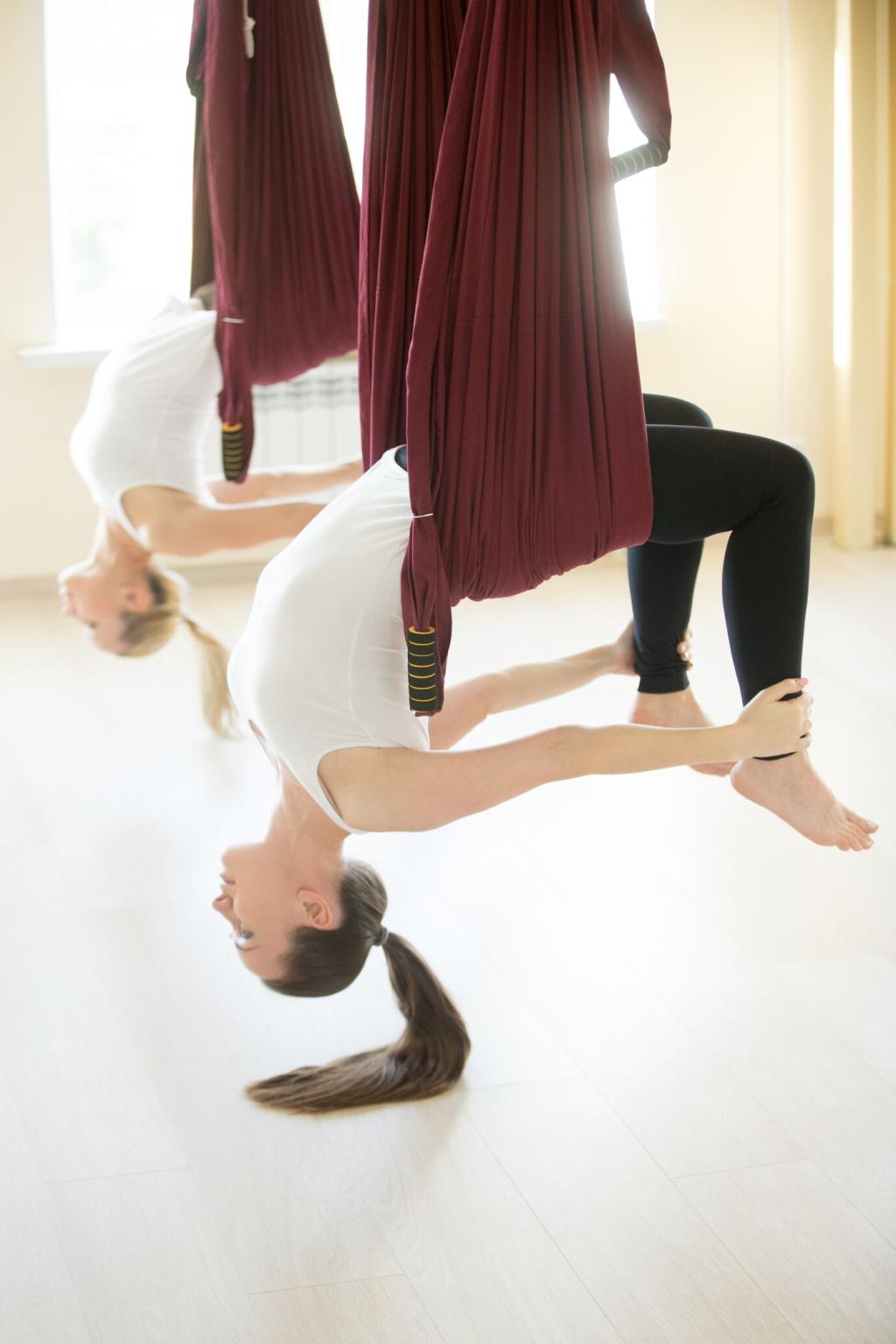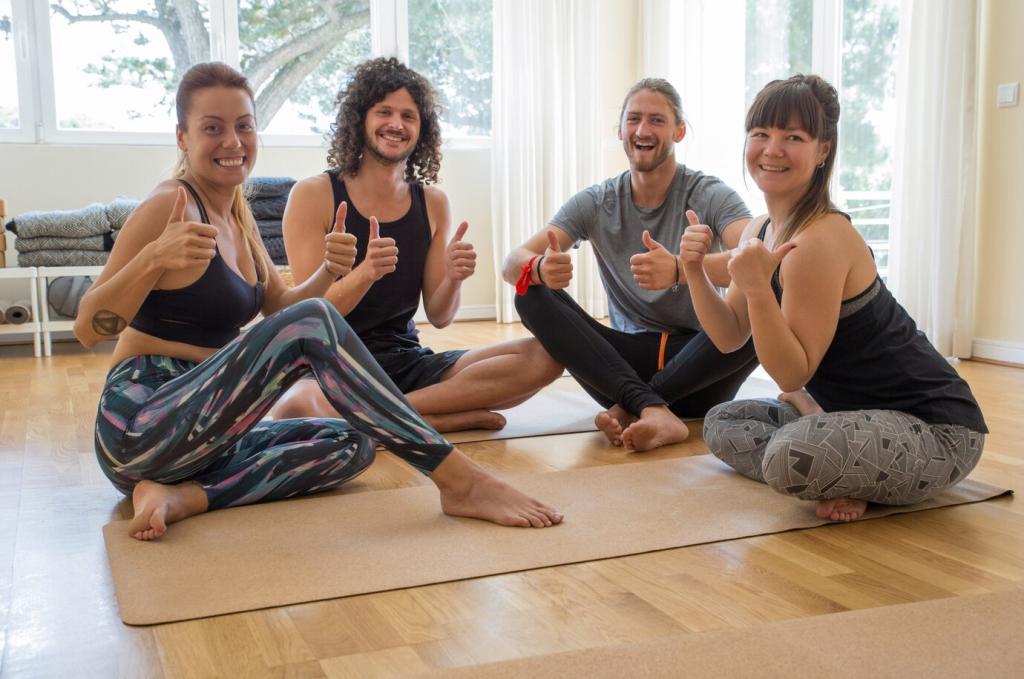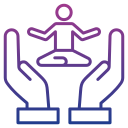Yoga for Recovery Days in Training Programs
Chosen theme: Yoga for Recovery Days in Training Programs. Welcome to a calm, encouraging space where gentle movement, easy breathwork, and mindful pacing help your body absorb training, release stiffness, and return stronger. Settle in, roll out a mat, and say hello in the comments.

Why Recovery Yoga Makes Training Stronger
Gentle floor-based poses paired with lengthened exhales help shift your nervous system into rest-and-digest, lowering perceived stress and easing muscle guarding. This calmer state supports better sleep quality, which is where your training adaptations consolidate and actually become part of you.
Why Recovery Yoga Makes Training Stronger
Slow, fluid movements create light compression and release in tissues, hydrating fascial layers and encouraging synovial fluid to move through your joints. Without adding load, you ease stiffness, improve glide, and give sore areas a kinder invitation to move freely again.

Sequencing principles that soothe
Begin reclined to discharge tension, progress to gentle kneeling and a brief standing interlude, then return to the floor. Hold shapes for sixty to ninety seconds, move without strain, and keep the overall effort around three out of ten to preserve your recovery window.
Breath pacing that heals
Try a steady 4-2-6 cadence or a simple five-second inhale and five-second exhale, syncing breath with unhurried motion. Longer exhales reduce arousal, encourage muscle release, and reinforce the message that today’s goal is restoration, not performance or pushing unfamiliar ranges.
Time and intensity guidelines
Fifteen to thirty-five minutes is plenty on a recovery day. Choose familiar poses, minimize novelty, and avoid deep end-range forcing. Let comfort guide depth, and finish feeling calmer than when you started. Share your favorite duration in the comments to inspire others.
Breathwork as the Reset Button
The power of the long exhale
Extending your exhale stimulates vagal pathways that help lower heart rate and soften protective muscle tone. It is a practical lever: simple, portable, and instantly available. Combine it with quiet poses to transform a short session into a meaningful nervous-system recalibration.
Nasal breathing and gentle tolerance
Nasal-only breathing filters and warms air, supports nitric oxide availability, and encourages smoother diaphragmatic motion. On rest days, light breath holds or slightly longer exhales can improve comfort with CO2, easing breathlessness sensations without stress. Keep everything comfortable and stop before strain appears.
Try this five-minute mini-practice
Lie down, one hand on belly, one on ribs. Inhale for four, exhale for six, for twenty rounds. Add a soft body scan from jaw to calves. Finish with three grateful breaths. Comment after you try it and tell us how your body responded.
Endurance calendars and easy wins
Schedule your session the evening after a tempo run or long ride, not right before intervals. Focus on calves, hips, and thoracic rotation, finishing with quiet breathwork. Many athletes report smoother easy miles and less lingering stiffness by the next morning.
Strength and power considerations
On deload weeks and off-days, keep flows brief and posterior-chain friendly. Favor joint circles, gentle hip openers, and thoracic mobility over deep passive holds. Avoid intense stretching before heavy lifts; use recovery yoga to arrive fresher for tomorrow’s technique or speed work.
Court, field, and travel realities
Tight turnarounds and hotel rooms demand simple floor sequences: calves, adductors, hips, and breath. Ten minutes before bed can quiet jitters after games. Share your best travel-friendly poses below so teammates and readers can build their own reliable road routines.


Make It Stick: Habit, Reflection, Community
Anchor your recovery yoga right after a shower, before dinner, or as a pre-sleep wind-down. Keep your mat visible, choose a favorite playlist, and dim the lights. Small, predictable cues help your body anticipate relaxation and make the habit automatic.
Make It Stick: Habit, Reflection, Community
Note sleep quality, mood on waking, resting heart rate, and how warm-ups feel tomorrow. Celebrate tiny wins like smoother squats or lighter first miles. Adjust poses based on feedback, not ego. Share your data points and insights to help others calibrate wisely.
